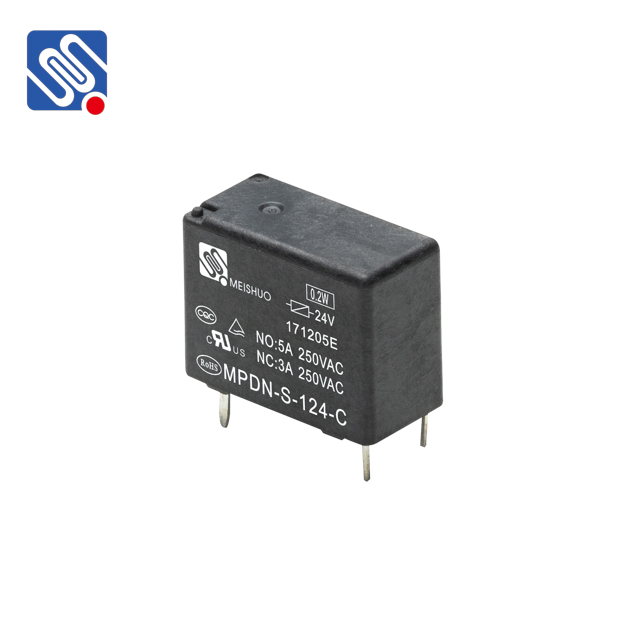low-power relay: enhancing efficiency and performance in modern electronics
Release time:2025-08-10 23:49:51
Low-power relays are emerging as crucial components in modern electronic systems, particularly in applications where power consumption is a key consideration. These relays, designed to operate with minimal electrical input, offer numerous advantages in energy-efficient devices, making them indispensable in fields such as smart homes, IoT (Internet of Things) applications, and automotive electronics. This article explores the features, applications, and benefits of low-power relays, highlighting their role in the growing demand for power-efficient technology.

What is a Low-power Relay?
A low-power relay is an electrical switch that operates with a lower input voltage and current compared to traditional relays. Unlike standard relays that may require significant power to activate their switching mechanism, low-power relays are designed to function efficiently with a minimal energy draw. They are commonly used in circuits where the primary concern is conserving energy while still performing necessary switching functions, such as turning devices on or off.
The key characteristic of a low-power relay is its ability to operate effectively with low trigger currents. This feature makes them ideal for battery-powered systems and devices that require long operational lifetimes without frequent recharging or battery replacement.

